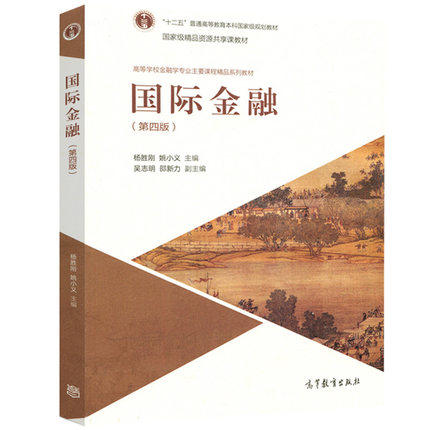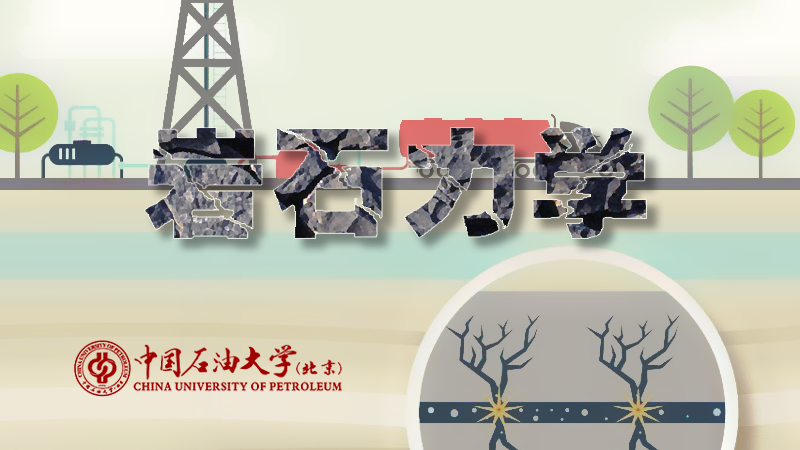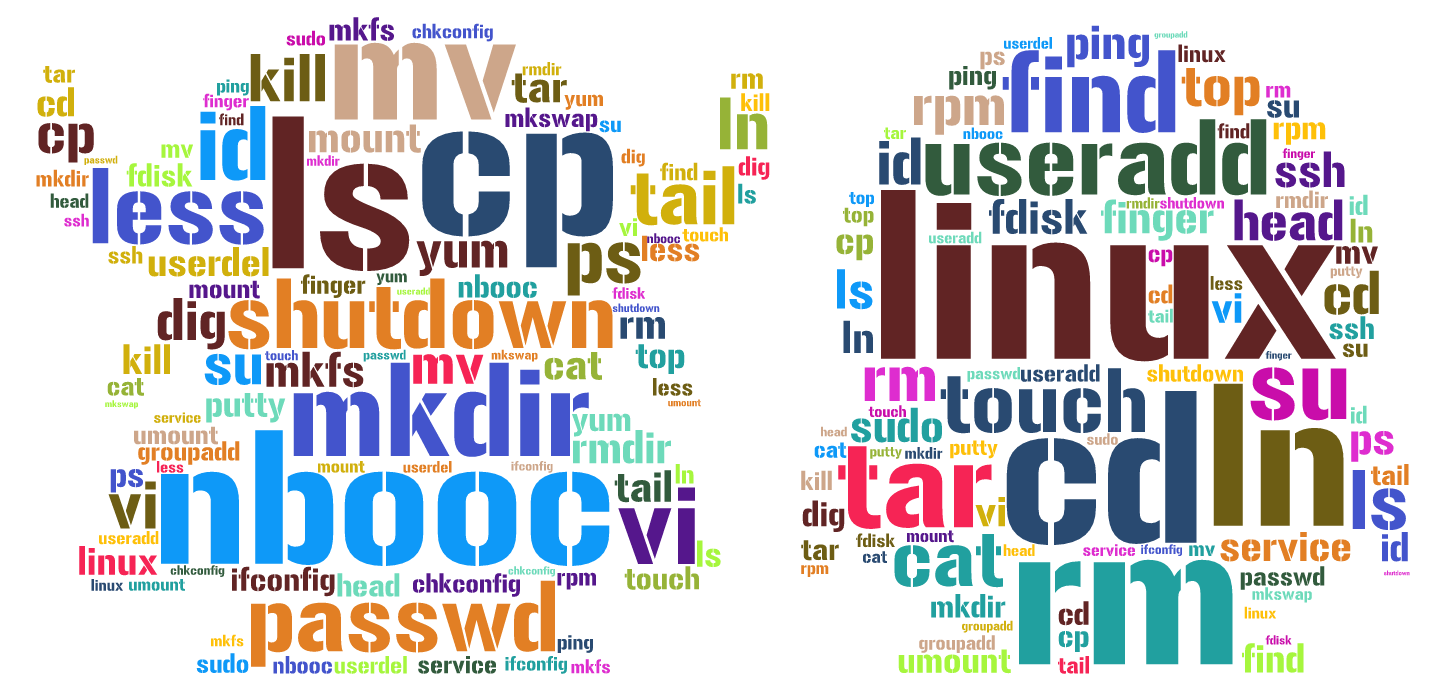
当前课程知识点:环境工程专业英语 > 2. Wastewater Treatment > 2.6 Suspended growth biological treatment processes > 2.6 Suspended growth biological treatment processes
大家好 我们开始今天的课程
今天 我们讨论
悬浮生长生物处理工艺
活性污泥工艺是典型的
悬浮生长生物处理工艺
活性污泥工艺通常包括好氧反应池
二沉池和污泥循环
传统的活性污泥工艺已经升级
以满足污水处理厂
高质量出水的需求
需要去除营养物质 比如氮和磷
继续探索和发掘
微生物处理过程和基本原理
寻求技术的进步在设备 材料
电子和过程控制方面
不断降低资本
运营和能源成本
对市政部门和工业企业而言
让我们看看上节课讲的
一些内容
我提到过推流式反应器
通常用到的推流式反应器长宽比较大
但是 推流式反应器会出现问题
当处理工业废水时
这是由于受到废水中有毒物质的影响
设计完全混合流反应器 一定程度上
因为更大的体积能够实现更高的稀释
从而降低了有毒物质的影响
随着简易 低廉的程序控制器
液位传感器和自动阀的发展
序批式反应器得到了更广泛的应用
序批式反应器是一种间歇式反应器
包括一个单独的完全混合式反应器
活性污泥工艺的所有步骤都在其中发生
在循环过程中 混合液一直在反应器中
因此不需要单独的沉淀池
还有一些其他可被使用的方法
如吸附生物降解法
我们看到这里有两个好氧池
好氧池A和好氧池B
在沉砂池后设置有初沉池
第一个好氧池中的污泥
负荷较高
高达2.0 kgBOD5/kg MLSS.d
水力停留时间通常
约30-60分钟
对第二个好氧池而言 污泥负荷较低
仅有0.3 kgBOD5/kg MLSS.d
但是停留时间比前者高
2-4小时的停留时间有利于脱氮
这意味着脱氮过程是在好氧池B中进行
而不是在好氧池A中
尤其对于同时去除氮磷的过程而言
我们可以看到在好氧池B中
也可以去除有机污染物
氧化沟是另一种活性污泥系统
通常 它是一个环形跑道状的渠道
像是这样
我们发现它采用了完全混合式
一般情况下可处理BOD较低的废水
出水水质较好
有较好的适应性和较长的污泥停留时间
通常污泥停留时间为15-30天
这有利于脱氮细菌的生长
此外 产生的剩余污泥较少
另外一种悬浮生长系统是
生物膜反应器
我们可以在活性污泥系统的
末端设置膜
这类膜可以是微滤膜
或超滤膜
且这类膜可直接置于生物反应器中
膜的作用
是用于固液分离
这类生物反应器有较短的水力停留时间
较长的污泥停留时间
较高的MLSS和较少的出水悬浮物
此外 我想谈谈生物膜工艺的
优缺点
我们看看其优点和缺点
如果我们使用生物膜工艺
就需要更小的占地面积
更简单的工艺操作
而不用担心丝状活性污泥的影响
以及能够得到达到回用水水质的出水
甚至更低的消毒剂量使用
因为使用生物膜工艺的出水浊度很低
但是生物膜工艺也有一些缺点
比如更高的能源成本
需要定期更换膜
对膜污染进行控制的
清洗 运行要求
现在我们来看一下活性污泥的性质
通常 活性污泥
是黄褐色的
看起来是絮状的 像这样
有泥土的气味且比重通常
为1.002~1.006
通常活性污泥的颗粒尺寸
约0.02~0.2mm
比表面积约为该值
含水率约99.2~99.8%
通常 活性污泥微生物包括细菌
真菌 原生动物和后生动物
如果我们想培养普通活性污泥
我们需要为其提供适宜的生长环境
首先要为其提供营养物质
如C N P S以及痕量元素
通常BOD:N:P=100:5:1
对于好氧细菌而言
最好废水中的BOD低于500~1000mg/L
但是对厌氧细菌而言
则对碳负荷没有要求
对于好氧过程而言
通常溶解氧浓度
约为2~4mg/L
细菌的生长温度
一般在20~37℃
至于pH 大多数细菌
在中性和碱性环境中生长
活性污泥系统的最佳pH范围
为6.5~8.5
下面 我将介绍
活性污泥系统的一些核心技术参数
一是水力停留时间 我之前提到过
污泥停留时间 混合液悬浮固体浓度
通常也被称为MLSS 体积负荷
污泥负荷 污泥回流比
污泥体积 污泥体积指数
以及污泥产率
这是这些参数的一般取值
现在让我们看看活性污泥的增殖曲线
这是活性污泥的生长曲线
可以被分为四个阶段
迟缓期 对数生长期
停滞期和内源呼吸期
现在 我想谈谈
活性污泥系统中常见的运行问题
特别是二沉池中的污泥膨胀
让我们来看看这些图片
我们可以发现这种形态的污泥
具有良好的沉降性
那么这种形态的
活性污泥中有大量的丝状菌
这样会使其具有较差的沉降性能
这就是污泥膨胀现象
通常 膨胀类型是
丝状污泥膨胀或粘性污泥膨胀
让我们看一下形成原因
有时是因为溶解氧值低
污泥负荷较低或者完全混合的操作
或是营养物质的限制
如较低的氮磷浓度
甚至是较高的污泥负荷
原因是形成絮凝体的细菌
如菌胶团和丝状细菌的区别
它们对营养和氧气的利用效率不同
怎样控制和防止污泥膨胀呢?
以下是一些建议 首先
可以调节营养物质如氮磷
甚至是碳
还可以添加絮凝剂和消毒剂
或者你可以使用SBR系统
今天的课就到这里 同学们下节课见
-1.1 Introduction of water resource
--1.1 Introduction of water resource
-1.2 Conventional drinking water treatment
--1.2 Conventional drinking water treatment
-Task 1
-2.1 Introduction of wastewater
--2.1 Introduction of wastewater
-2.2 Introduction of wastewater treatment
--2.2 Introduction of wastewater treatment
-2.3 Physical unit process
-2.4 Chemical unit process
-2.5 Fundamentals of biological unit processes
--2.5 Fundamentals of biological unit processes
-2.6 Suspended growth biological treatment processes
--2.6 Suspended growth biological treatment processes
-2.7 Attached growth biological treatment processes
--2.7 Attached growth biological treatment processes
-2.8 Anaerobic biological treatment processes
--2.8 Anaerobic biological treatment processes
-2.9 Nutrient Removal processes
--2.9 Nutrient Removal processes
-Task 2
-3.1 Smog
--3.1 Smog
-3.2 Visibility and haze
-3.3 Particle size
-3.4 Climate change
-Task 3
-4.1 What is solid waste
-4.2 Issues in solid waste
-4.3Management of solid waste
--4.3 Management of solid waste
-4.4 Source control of solid waste
--4.4 Source control of solid waste
-4.5 Collection and transportation of solid waste
--4.5 Collection and transportation of solid waste
-4.6 Waste treatment technology
--4.6 Waste treatment technology
-4.7 Destination of solid waste treatment
--4.7 Destination of solid waste treatment
-Task 4
-5.1 A brief introduction of research
--5.1 A brief introduction of research
-5.2 How to read scientific papers and management of references
--5.2 How to read scientific papers and management of references
-5.3 Research proposal (1)
-5.4 Research proposal (2)
-Task 5
-6.1 What makes a great paper
--6.1 What makes a great paper
-6.2 Writing style of journal paper
--6.2 Writing style of journal paper
-6.3 Research article structure
--6.3 Research article structure
-6.4 Figures and tables
-6.5 Methodology(1)
-6.6 Methodology(2)
-6.7 Result
-6.8 Introduction(1)
-6.9 Introduction(2)
-6.10 Discussion and conclusion
--6.10 Discussion and conclusion
-6.11 Title
-6.12 Attribution
-6.13 Abstract and acknowledgement
--6.13 Abstract and acknowledgement
-6.14 Submission of academic paper(1)
--6.14 Submission of academic paper(1)
-6.15 Submission of academic paper(2)
--6.15 Submission of academic paper(2)
-6.16 Publication of academic paper
--6.16 Publication of academic paper
-Task 6
-7.1 E-mail expression
-7.2 The structure of presentation
--7.2 The structure of presentation
-7.3 The delivery of presentation
--7.3 The delivery of presentation
-7.4 Question and answer session
--7.4 Question and answer session
-7.5 Chairing a conference





